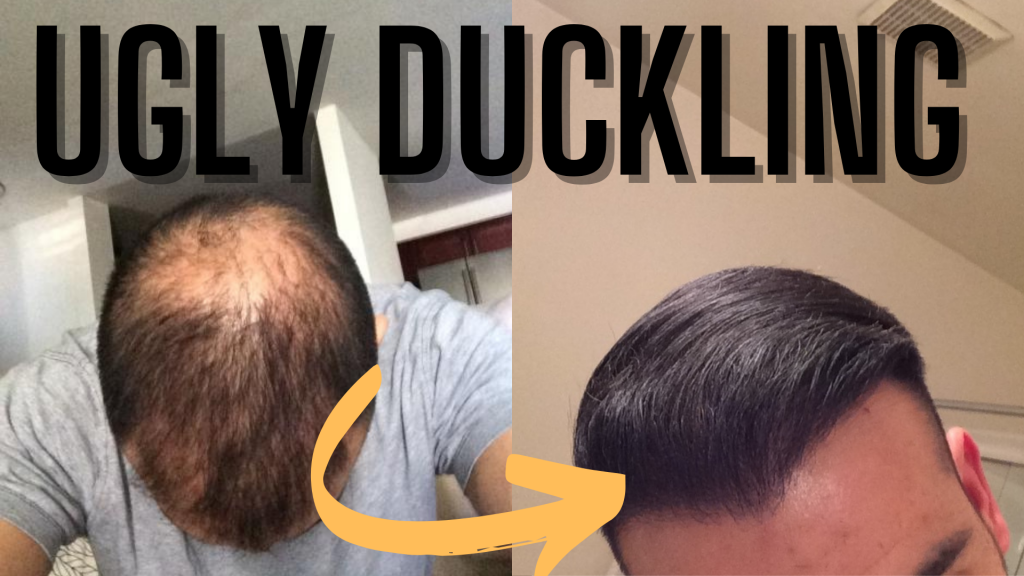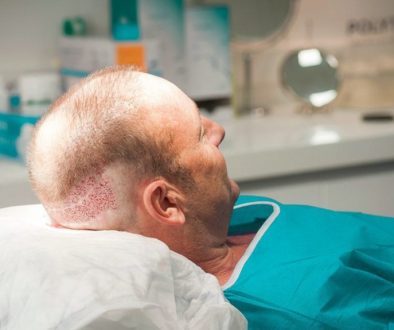What Is The Hair Transplant Ugly Duckling Phase?
I want to have a hair transplant, but I keep hearing about the “ugly duckling” phase. What is this exactly? Can it be avoided?
When Does It Start?
Not everyone is the same, some individuals never go through the so-called ugly duckling stage. That said, on average most enter the ugly duckling stage once they’ve shed their transplanted hair, most begin to shed around the 5th week.
In addition, some experience ‘shock loss’ or telogen effluvium. Shock loss is a chronic hair-shedding that causes temporary baldness. The combination of the transplanted hair shedding and shock loss is what causes the ugly duckling stage.
When Does it End?
Most begin to experience hair growth around the 3rd to 4th month after surgery. However, no one person is the same, some may experience growth sooner and some later. By the 8th month most of the transplanted hair has grown and any temporary shock loss subsided and returned.
Can You Prevent It?
Unfortunately, you cannot prevent the ugly duckling phase, but you can do things to improve it. First, you want to make sure you’re stabilizing your hair loss with medication such as Propecia (finasteride) and Rogaine (minoxidil). Both of these medications can help the ugly duckling stage.
Secondly, you can use hair loss concealers such as Toppik and DermMatch. Both of these hair loss concealers can help provide the appearance of fullness and visual density.
Bottomline
It’s important to remember that the ugly duckling phase, is just a phase. Surgical hair restoration is a process of healing, shedding, growth and maturation. This process can take up to 18 months, but good things come to those who wait.
Written and published by,
Melvin Lopez- Editorial Assistant and Forum Co-Moderator for the Hair Transplant Network and The Coalition of Independent Hair Restoration Physician




